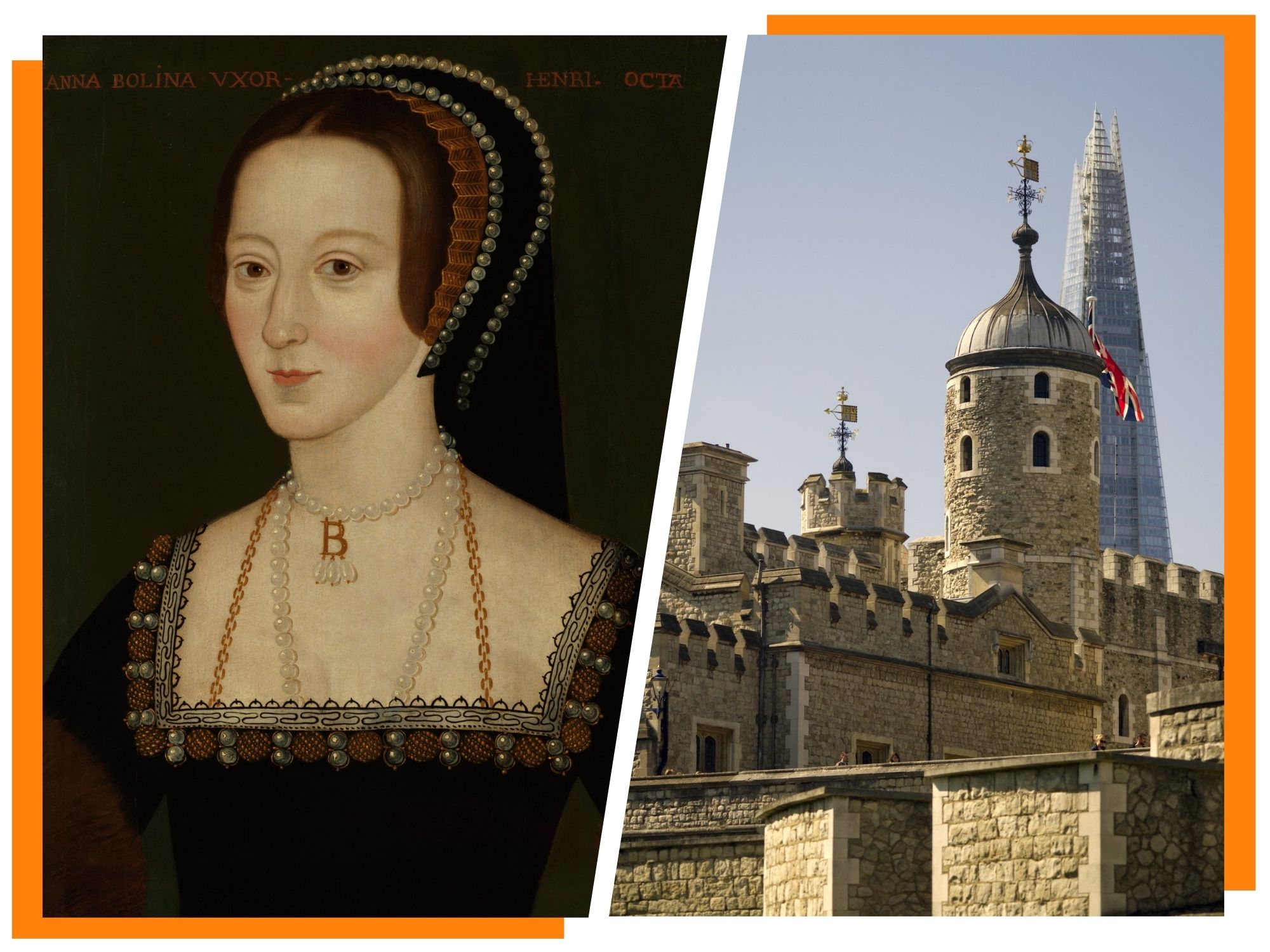
Every stately home in England has a storied past stretching back over centuries, but some of these histories are darker than others. In her lifetime, Anne Boleyn was admired for being well-educated, fashionable, and strategic in navigating the power plays of court, yet her gruesome death has too often preceded her. In 1536, after three years as Queen of England, Boleyn was beheaded at the Tower of London.
Her downfall came after her husband Henry VIII’s all-male entourage conspired against her, spreading unfounded rumors that led to her arrest for adultery. This alleged act of treason was punishable by public execution, giving the King free reign to move swiftly on to his third of what would ultimately be six wives, Jane Seymour, who he married just two weeks after Boleyn’s death.
It seems, however, that getting rid of her once and for all wasn’t to be quite so easy. To this day, there are reported sightings of Boleyn’s ghost roaming the many palaces and castles that she once called home.
Tudor-style Best Bedchamber in the Boleyn Apartment at Hever Castle. Photo: Newbery Smith Photography.
One of these is Hever Castle, the recently restored childhood home to which Boleyn returned in her twenties and began a years-long flirtation with Henry via love letters that she likely wrote and received from her bedchamber. This romantic intrigue was no trifling matter. Their eventual engagement would forever change the course of history, with Henry’s drawn-out divorce from Catherine of Aragon necessitating the launch of the Church of England.
“Anne used Hever as an escape away from the prying eyes of court during those scandalous years,” according to Kate McCaffrey, historian and assistant curator at Hever Castle.
It is a place to which she may have returned after death, according to several accounts. In one case from 1976, a man called C.W. Bamford contacted the castle’s then-owner Lord Astor claiming to be a descendant of Boleyn’s. Upon visiting and entering her bedroom, he reported “impressions” he said “were of a young woman, some 25 or 26 years of age, in some distress—fists beating on the window sill— scrabbling of finger nails on the surrounding walls… I can definitely draw Anne’s spirit within reach.”
An early postcard depicting a ‘ghost’ in the Horn Room at Hampton Court Palace. Photo: © Historic Royal Palaces.
It is widely believed that Boleyn was born on the estate of Blickling Hall on an unknown date before 1505. As legend would have it, since her death she has been seen arriving to the house in a phantom carriage driven by headless horses and horsemen, dressed in white and carrying her own severed head. Residents better beware when leaving their beds at night, as she has even been spotted trawling the corridors before disappearing at dawn.
Unsurprisingly, Boleyn has also been known to stop by the Tower of London, where historians estimate some 125 people were executed for anything from petty crimes to dangerous plots. A Captain of the guard once claimed to have been beckoned to the Chapel Royal one evening when he saw a light flickering in the window. When he peered inside, he saw an entire procession of knights and ladies in medieval dress, all following an ethereal woman who he recognized as Boleyn from her portraits.
The ghost of Queen Catherine Howard (1521-1542) 5th wife of king Henry VIII at Hampton Court Palace in London. Photo: Apic/ Getty Images.
The immortal spectre of Boleyn has also been felt at Hampton Court Palace, where it appears she has company. Several of Henry’s ruthlessly discarded lovers are apparently stuck haunting our earthly realm for eternity, including Jane Seymour, who died shortly after giving birth to Edward VI in 1537, and Catherine Howard, who, like Boleyn, was beheaded for adultery in 1542.
Every year on the anniversary of Seymour’s death, a pale white figure is said to hover by the Silverstick Stairs, which led up to room where she gave birth. Meanwhile, apocryphal accounts suggest that, upon her arrest, Howard briefly escaped the guards and fled towards the King’s apartment, begging for his mercy. To this day, again and again, her agonized apparition is apparently bound to repeat this hopeless journey.
So did Henry sleep easy with so many ghosts from his past still knocking around? If he was anything like most modern men, probably.